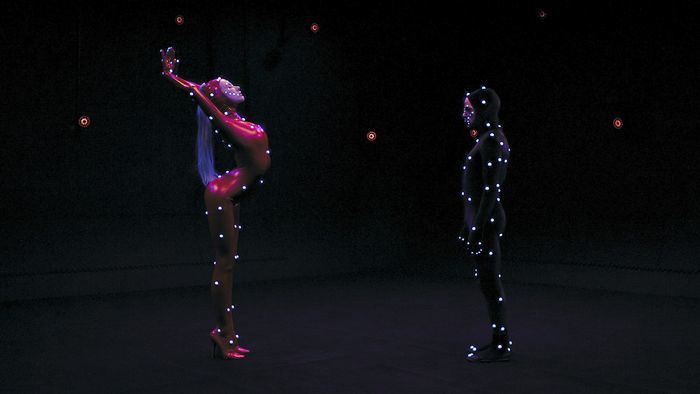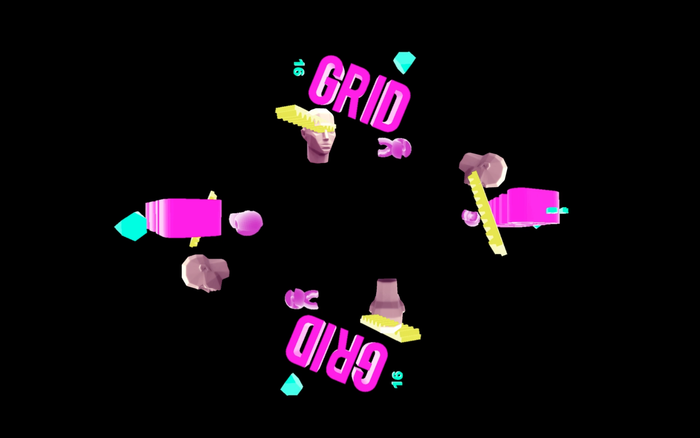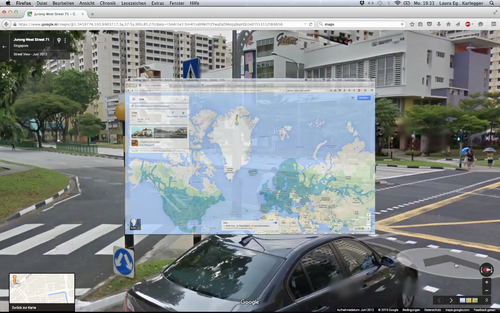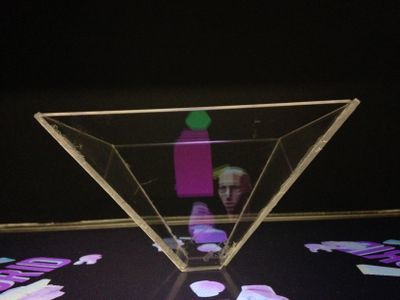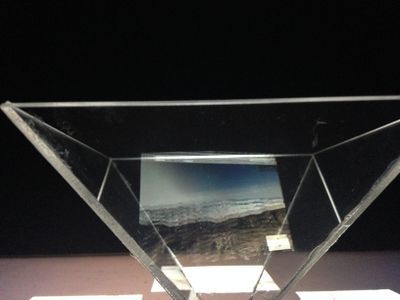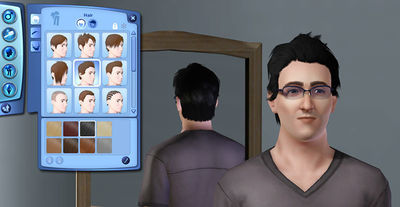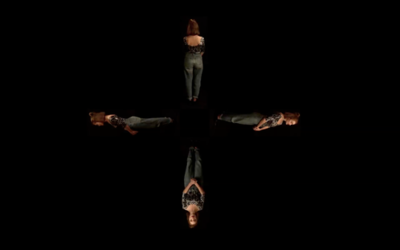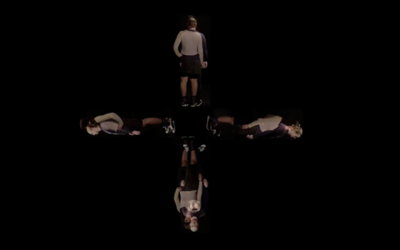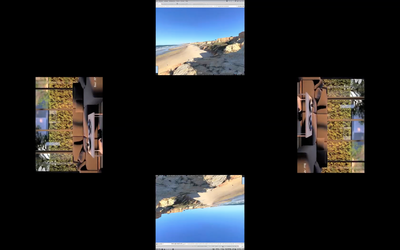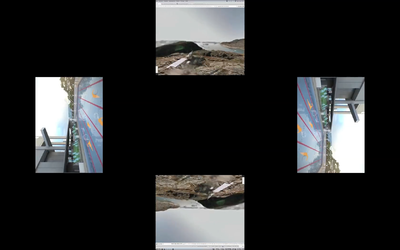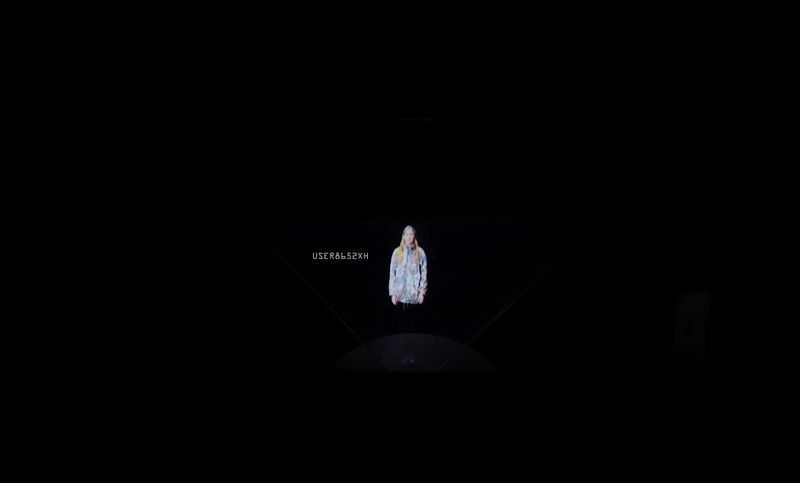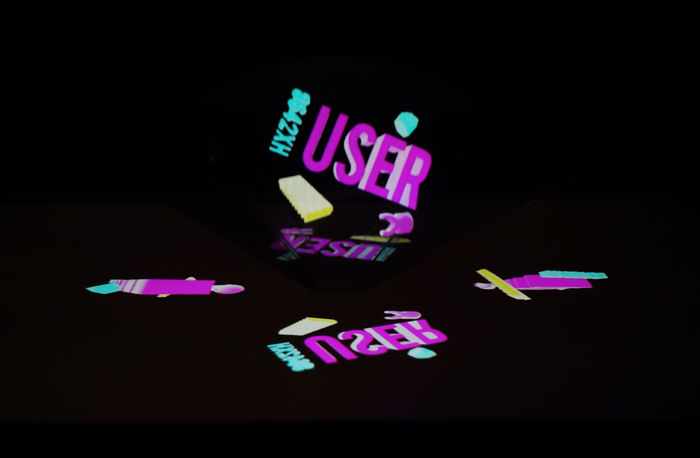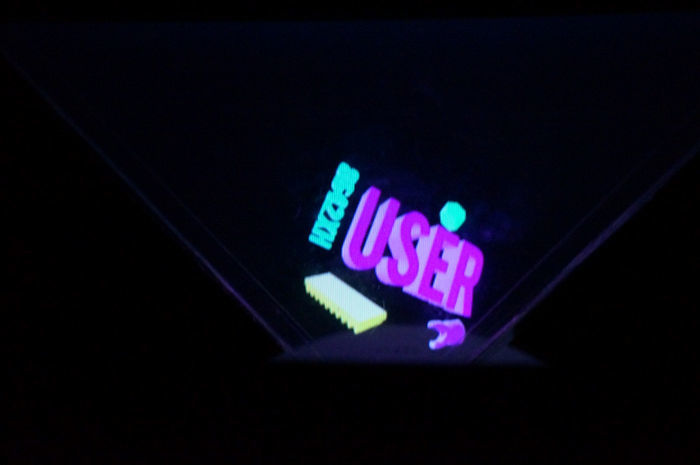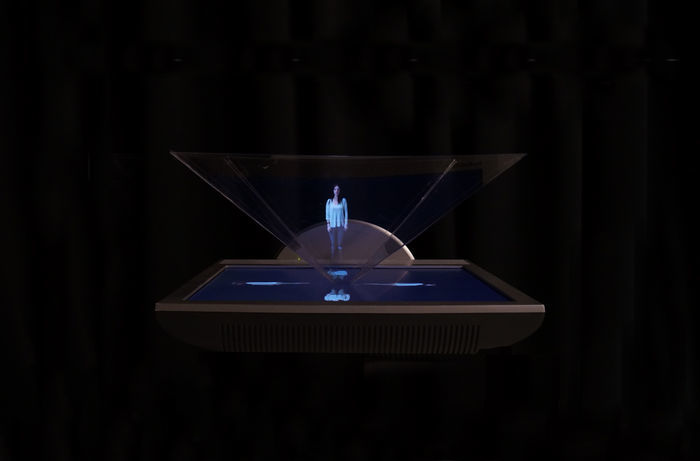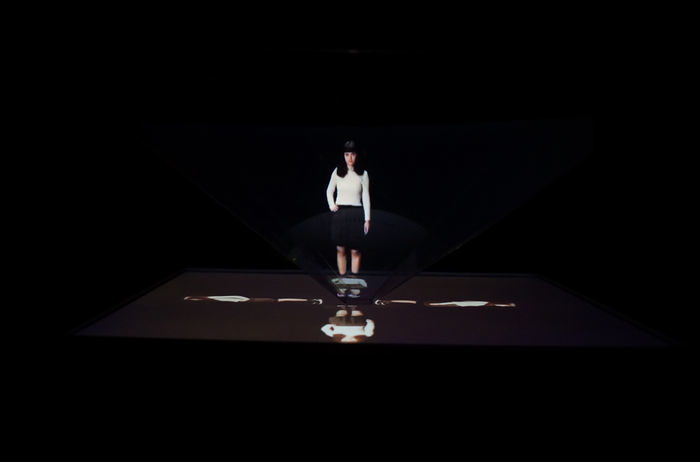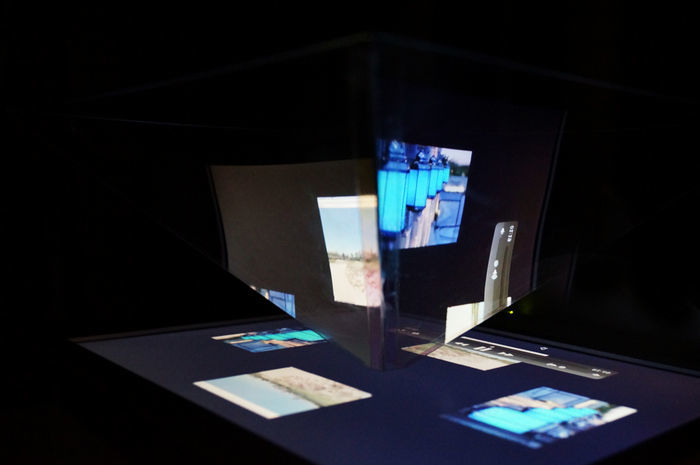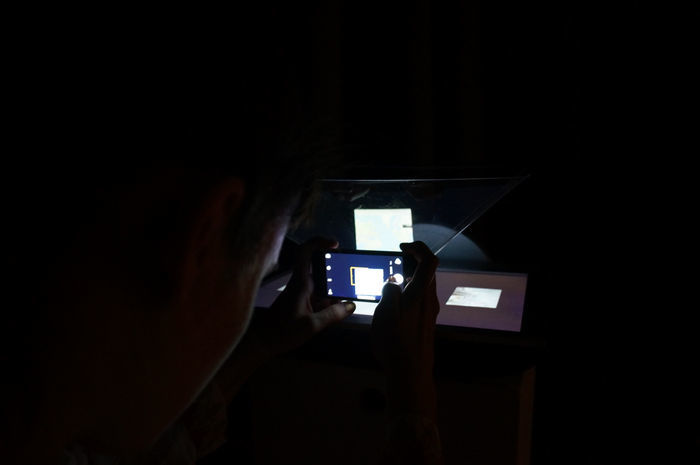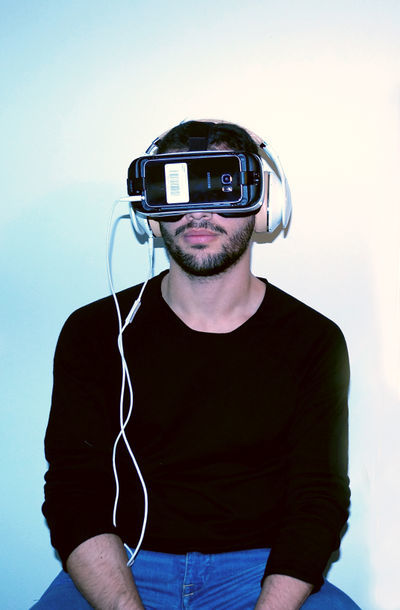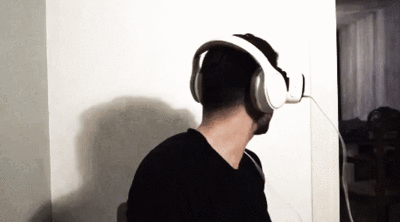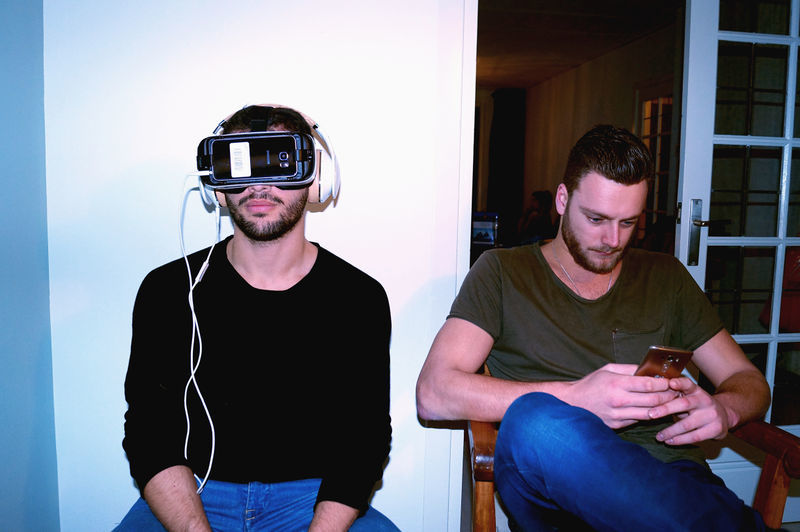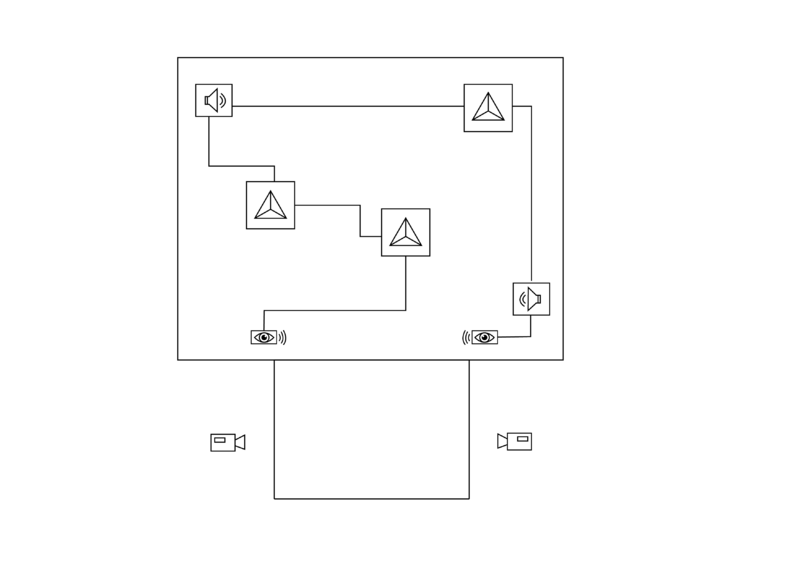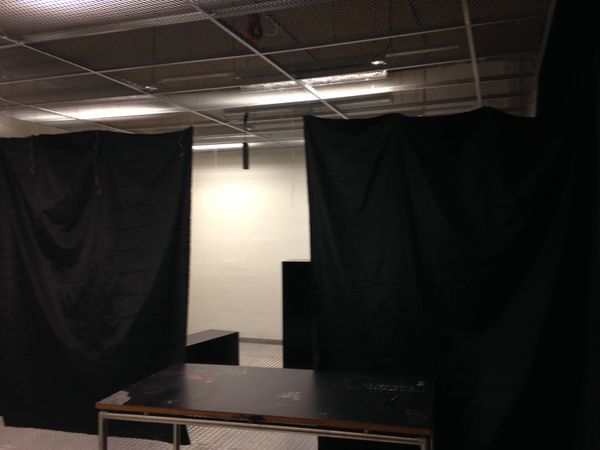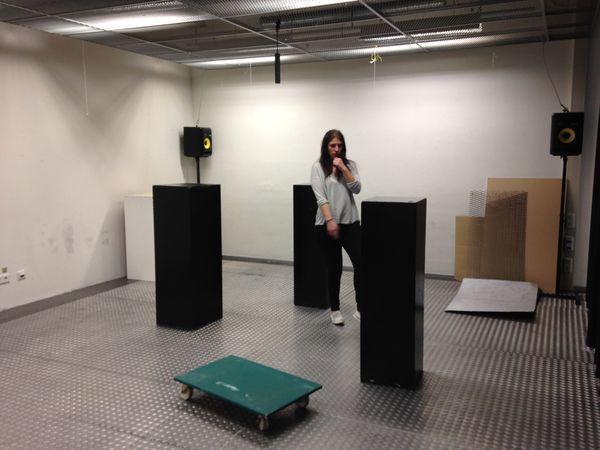8642XH
Digital Culture
Digital behaviour can be seen all around us.
People are drawn into their phones, staring
at a screen, and missing what is happening
around them. Social media has brought us as
closer together as it had drawn us apart.
Research
I have observed digital behaviour around me and that of my own. What is interesting is that in situations were we have to wait, for instance at the bus stop, almost everyone is on their phone. I saw one man that didn’t carry a phone although it seemed like this was not on purpose. He seemed restless and kept staring at other peoples phones as though he wanted to grab them to kill the extreme bordom that overcame him. I went out to eat with my boyfriend and It was surprising how many couples were on their phones while waiting for the next course. Clearly they weren’t al bad dates as we seem to grab our phones for safety whenever we find ourselves in an awkward situation. I observed one couple who were constantly on their phones, when the main course was served they asked the waitress to make a picture, it was the one and only time I saw them intimate. They had their arms clutched around each other and smiled at the camera as the waitress took their photo. Taking photo’s seems to be added to her job description as I saw her taking numerous photo’s of diffrent guests. After a few photo’s the couple was happy with the result and immediately started editing their photo and posting it on Facebook. Probably with the message: “Dinner with my man such a lovely evening <3<3 “. When done posting they started eating and remained quiet.
It seems like we are much more alive in and on the digital platform as we are in real live.
As I looked at the couple I couldn’t help but feeling sad for not only them but al the people I observed whom were much more interactive online then to their
actual surroundings. But when I started observing my own behaviour I found out I am just as much part of this ‘sad’ community as they were.
I recorded the times I check my phone on a regular day, a shocking 63 times, and the time I was actually on a digital device. I found out I spent so much time online
that the time spent in real life was shockingly low.
We tend to think virtual reality lives within the oculus rift, seen trough glasses of a virtual reality device. But how do we define this virtual reality? Isn’t social media also
a form of virtual reality? Your Facebook profile is a virtual version of yourself which you use to navigate, communicate and interact with other virtual versions that
represent your friends. The question is; if a 2d platform can draw us in, distracting and obtaining us from real life, how would this manifest if virtual reality technology gets
so advanced it becomes hard to distinguish. Would the people at the restaurant even be their or would they be home lying on a bed with an oculus rift, having dinner in paris.
Virtual reality
Laura and I became partners as we seemed to share some point of views of the Digital Culture.
The theme we were most interested in was the Virtual Reality. It was a theme we could lose ourselves in while speculating the consequences of a perfectly designed world which adapts to your favour. We speculated that time in AR (actual reality) would be subordinate to that of VR (Virtual Reality). Why adapt to a world when you can have world be adapted to you? The VR would be indistinct able form AR , all senses would be triggered if wanted, whenever wanted. VR would be highly addictive to a point where almost everyone prefers VR then AR.
Under which circumstances would people stay in virtual reality forever?
How must the interactive digital devices develop to make people wanting to stay in virtual reality?
How would such a world look like?
How would human interaction change? Could a new more direct form of communication develop?
Motion suit
(How must the interactive digital devices develop to make people wanting to stay in virtual reality?)
We would like to represent this world in forms of a magazine that would be published in this future. It would contain our research and speculations of this future represented in interviews, adds and articles.
The magazine would be interactive and perhaps something you can walk trough.
Hologram
medium
We found a simple technique online for making holograms, seeming fittingly to our idea. Having more than one of these holograms placed in a dark room, could create the feeling of walking though the magazine/a virtual world.
I started playing with the design for a hologram and made a animation which would represent the cover of the magazine. Laura made a video which show us google maps and is comparing its navigation to that of a virtual reality. Google maps is a virtual mapping of the world and you can say an virtual reality of its own.
Magazine 'cover' example
Google maps virtual reality
Holograms
USER-8642XH
Final project
We decided to focus on three aspects of the virtual character on which we focus. The identity, physical appearance and navigation.
Identity
hologram
In our daily live we already communicate and navigate so much as users (users of facebook, twitter, google) and correspond trough our username. Someone who lives in virtual reality becomes a user which now becomes their identity.
Physical appearance
hologram
Our approaches and thoughts about virtual reality are often based on current programs and the overal digital behaviour. The physical appearance can of course be constantly changed by your liking, a similar virtual reality world exists in the video game the Sims were you can design the characters, even the smallest details.
'Surrounding & Navigation
hologram
Google maps is a great example of an existing virtual reality and we kept it as an inspiration in our project. We also added footage of landscaped and interior design, made with a program that can create almost realistic rooms, fully furniture, often used by architects to create animated walk-trough houses. This is another virtual reality and really gives an understanding of how virtual reality could look like in the future and the enldless possibilities that come with it.
Everyday life review
audio
The everyday life review is a spoken tekst where a user explains her everyday life in virtual reality. The voices are computerised human voices in a way that correspondents with the artificiality that the virtual reality holds.
Text:
"Everything we experience can be reduced to electrical activity stimulating our brains as our sensory organs deliver information about the external world. This interpretation is what we consider to be "reality." The brain is reality. Everything you see, hear, feel, taste and smell is an interpretation of what's outside, and created entirely inside your head. We are all living in our own simulation of the "reality". In your head you can create whatever you want. You can be whoever, whatever, whereever you want to be. This is what virtual reality holds out to us : the possibility of walking into the constructs of the imagination.'
USER 8642XH We always communicate through our user name. Therefore we have become our user name.
LIVING IN THE VIRTUAL REALITY PRECISE GEOGRAPHICAL LOCATIONS AREN'T IMPORTANT ANYMORE. THERE ARE NEW WAYS TO MEET. I live in a small apartment. Consisting of a small bedroom, a bathroom and a VR room. The VR room is the device to enter virtual reality. EVERYTHING IS HEAVIER AND SLOWER IN POST REALITY. After I'm done with my morning routine, I go to the VR room and enter virtual reality. I have access to 70% of common virtual space, but I want to buy 100% access. YOU ARE ABLE TO DESIGN YOUR APPEARANCE EVERYDAY! THE DIGITAL DEVICES MAKE IT POSSIBLE TO VISIT THOUSANDS OF PLACES! I'm working in a private space in VR, which is open to the public during certain opening hours. We are connected through our thoughts, dreams and emotions. Either we are present as virtual bodies, written text or disembodied voices. INSTEAD OF HAVING TO USE LANGUAGE. WE CAN LITERALLY SHOW EACH OTHER WHAT WE MEAN. IT'S LIKE WALKING INTO CONSTRUCTS OF IMAGINATIONS. WE HAVE TWO MINDS: AN INDIVIDUAL AND A COLLECTIVE MIND. For meetings we use the collective mind. Decisions are made faster this way. IN VIRTUAL REALITY EVERYTHING IS EASIER, LIGHTER AND FASTER. You just think of the place you want to go and after a short time of loading and processing you are there. During my breaks I sometimes go to the Alps for skiing. I do a lot of different sport activities, so I can return to work more relaxed and active.
BE IN CONTROL OF YOUR LIFE. BE IN CONTROL OF YOUR WORK. BE IN CONTROL OF YOUR LEISURE TIME. CREATE YOUR OWN LIFE. YOU CAN BE WHATEVER, WHERE EVER, WHOEVER YOU WANT TO BE." We used different computer generated voices provided by the Mac Computer and a site/programm called NaturalReaders.
PRESENTATION
Laura and I decided to continue our project.
How we would like to continue:
● Work on the sound piece. Use different (more human) voices.
● Use more words for the Logo/Titel according to the sound piece/text
● Interaction between sound piece/text and images → guide the audience through the installation
● Kinect: Interactive Installation?
EXPO SEAMLESS REALITY
When visiting the expo we gained some perspective on virtual reality and got to have our own experience with it. I found out the video's made
me nauseous and sometimes my eyes could not quite follow what was happening. But the thing that struck me the most was something I
experienced while watching the people wearing the glasses, tangled up in their experience. I watched them move their heads, sometimes smiling
but mostly with a neutral face. They were no longer in the same room as I was even tough they were sitting right before me. I had the courage
to film them because they could not see or hear me, there was no form of communication.
I viewed these people from the perspective of the fictional future me and Laura created and it gave me an un uncomfortable feeling. They al
seemed so detached from reality and from themselves. Considering our current digital behaviour on our mobile phones the future of which
we speculated was sitting right before me and it was scaring me.
The shift from reality to virtual reality really interested me and we decided to add this to our installation and try to simulate and visualize this transition.
Choices we made after the expo
● Adding the transition as the starting point of our installation
● Changing the shape of our installation room to intensify the transition
After these choices we made a building plan for our installation.
The installation will contain sensors creating an interaction between the visitors image and sound.
The transition will be visualized trough beamers projecting an image of people wearing the glasses.
Planning and organisation
Final Edits
We decided to drop the sensors due to a time limit and focussed on our other elements. We added
a new way to guide the audience in the installation especially because it's dark.
Build up!
=
Collaboration
The collaboration with Laura was very smooth. I think we bought learned from each other en we could have
great discussions about the project in which we always gained more insight about the concept. We divided
the tasks very clearly but also worked as a team on different elements in the installation. I often figured out the
technical equipment we would need for the installation and made some of the graphics for the third hologram.
I also edited the transition video and worked on the research document while Laura edited the other video's.
I really working with her and I think we have learned a lot from each other.

